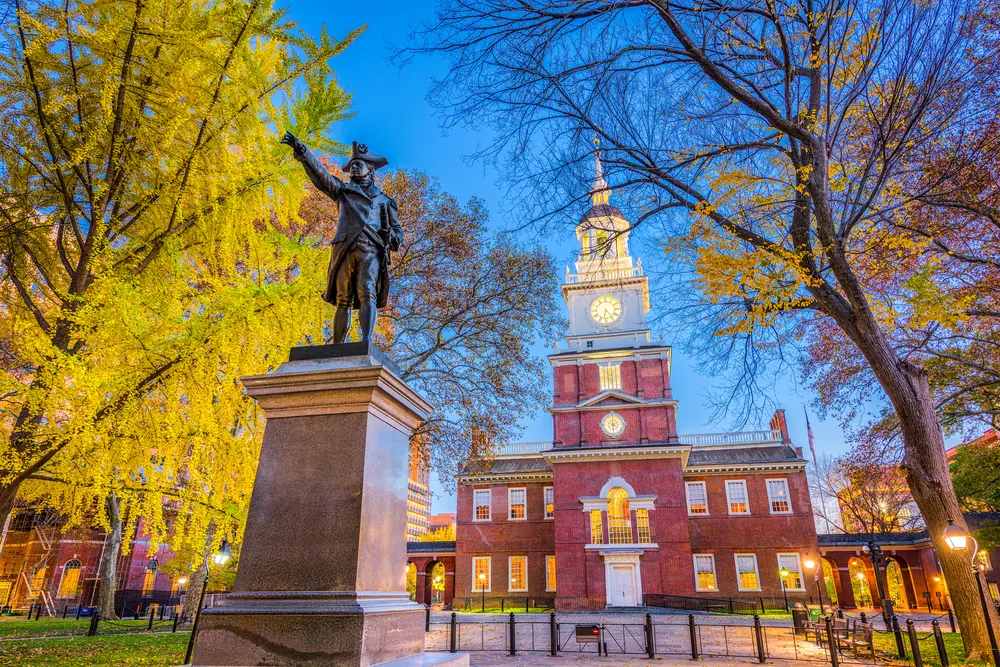The Impact of Interest Rates on the Maryland Real Estate Market
The real estate market in Maryland has seen significant shifts over the past few years, largely influenced by fluctuating interest rates. From the shores of the Chesapeake Bay to bustling city suburbs, potential buyers, sellers, and investors are all feeling the effects of these economic changes. Let’s explore how interest rates are shaping the real estate landscape across the Old Line State.
Understanding Interest Rates
Interest rates are set by the Federal Reserve and influence how much it costs to borrow money. For most homebuyers, this means their monthly mortgage payment is directly linked to the current interest rate. When rates are low, borrowing is cheaper, and when rates rise, the cost of homeownership increases.
Recent Trends in Maryland
In recent years, interest rates have climbed from historic lows during the COVID-19 pandemic to levels not seen in over a decade. This transition has created dramatic changes in the Maryland real estate market:
- Rising monthly payments: With higher rates, monthly payments on new mortgages have increased, making homes less affordable, especially for first-time buyers.
- Slower price growth: Although home values in Maryland have still been rising, the pace has slowed as higher financing costs dampen demand.
- Decrease in refinances: Homeowners who locked in lower rates are staying put, leading to fewer homes hitting the market.
How Higher Interest Rates Affect Buyers and Sellers
For Buyers
- Reduced purchasing power: Higher interest rates mean buyers may qualify for smaller loans.
- Competitive market for affordable homes: As fewer people can afford high payments, the lower price range becomes more crowded.
- Need for larger down payments: To offset higher rates, some buyers are putting down more cash upfront.
For Sellers
- Longer listing times: With fewer qualified buyers, it can take longer to sell, especially for higher-priced homes.
- Shift in negotiation power: Sellers may need to offer concessions like paying closing costs or making repairs.
- Stable, not falling, prices: Inventory remains low in many Maryland regions, which has kept home prices stable despite fewer sales.
Regional Differences Across Maryland
Not all areas are equally affected. Here’s how three regions compare:
- Baltimore City: More affordable homes mean buyers are less impacted by rate hikes, but investors may pause on new purchases.
- Montgomery County: Expensive suburbs see bigger drops in demand as high prices and rates combine.
- Eastern Shore: Second-home and vacation markets slow, as higher costs make buying a getaway less attractive.
Looking Forward
Economists suggest that rates will remain elevated through 2024, but a stabilization period could be on the horizon. When rates eventually begin to decline, we can expect:
- Increased refinance activity as homeowners seek better terms.
- A potential surge of pent-up buyer demand.
- Gradual recovery in sales volume.
Tips for Navigating Today’s Market
Here are a few strategies if you’re looking to buy or sell in Maryland right now:
- Buyers: Get pre-approved, shop around for rates, and consider adjustable-rate mortgages if planning to move shortly.
- Sellers: Price competitively, stage your home, and be prepared to negotiate.
- Investors: Watch for deals in less competitive neighborhoods and focus on long-term cash flow.
Interested in learning more about Maryland’s real estate trends?
Check out resources like Maryland REALTORS® and Maryland Department of Housing and Community Development for up-to-date market insights.
In a shifting landscape, understanding the role of interest rates is key to making smart real estate decisions in Maryland!



